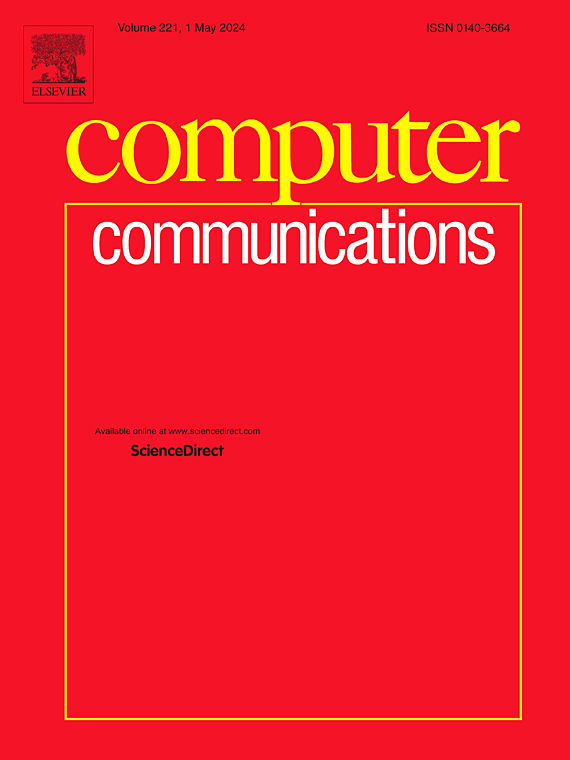通过基于代理的模拟方法增强医疗保健基础设施的弹性
IF 4.5
3区 计算机科学
Q1 COMPUTER SCIENCE, INFORMATION SYSTEMS
引用次数: 0
摘要
由于自然和人为威胁,如流行病、劳动力短缺或网络攻击,关键基础设施面临严峻挑战,这些威胁可能严重影响服务质量。为了提高系统的弹性,决策者需要智能工具来快速有效地分配资源。本文探讨了一个基于代理的仿真模型,该模型旨在捕捉关键基础设施系统的一部分复杂性,特别是考虑到医疗保健系统与信息和电信系统的相互依赖性。这种模型能够实施基于模拟的优化方法,其中评估关键系统面临的风险,同时比较多种战术和战略决策备选方案的缓解效果,以增强其复原力。所提出的模型被设计为可参数化的,以使其能够适应不同严重程度的风险场景,并且它有利于编制相关的性能指标,从而在代理级和系统级进行监控。为了验证基于代理的模型,我们使用了一种文献支持的方法来执行交叉验证、敏感性分析,并通过用例测试所提议模型的有用性。该用例分析了同时发生的流行病和网络攻击对医院的影响,并使用应急表比较了不同的增强弹性的对策。总的来说,这个用例说明了所建议的增强弹性的方法的可行性和多功能性。本文章由计算机程序翻译,如有差异,请以英文原文为准。
Enhancing healthcare infrastructure resilience through agent-based simulation methods
Critical infrastructures face demanding challenges due to natural and human-generated threats, such as pandemics, workforce shortages or cyber-attacks, which might severely compromise service quality. To improve system resilience, decision-makers would need intelligent tools for quick and efficient resource allocation. This article explores an agent-based simulation model that intends to capture a part of the complexity of critical infrastructure systems, particularly considering the interdependencies of healthcare systems with information and telecommunication systems. Such a model enables to implement a simulation-based optimization approach in which the exposure of critical systems to risks is evaluated, while comparing the mitigation effects of multiple tactical and strategical decision alternatives to enhance their resilience. The proposed model is designed to be parameterizable, to enable adapting it to risk scenarios with different severity, and it facilitates the compilation of relevant performance indicators enabling monitoring at both agent level and system level. To validate the agent-based model, a literature-supported methodology has been used to perform cross-validation, sensitivity analysis and test the usefulness of the proposed model through a use case. The use case analyzes the impact of a concurrent pandemic and a cyber-attack on a hospital and compares different resiliency-enhancing countermeasures using contingency tables. Overall, the use case illustrates the feasibility and versatility of the proposed approach to enhance resiliency.
求助全文
通过发布文献求助,成功后即可免费获取论文全文。
去求助
来源期刊

Computer Communications
工程技术-电信学
CiteScore
14.10
自引率
5.00%
发文量
397
审稿时长
66 days
期刊介绍:
Computer and Communications networks are key infrastructures of the information society with high socio-economic value as they contribute to the correct operations of many critical services (from healthcare to finance and transportation). Internet is the core of today''s computer-communication infrastructures. This has transformed the Internet, from a robust network for data transfer between computers, to a global, content-rich, communication and information system where contents are increasingly generated by the users, and distributed according to human social relations. Next-generation network technologies, architectures and protocols are therefore required to overcome the limitations of the legacy Internet and add new capabilities and services. The future Internet should be ubiquitous, secure, resilient, and closer to human communication paradigms.
Computer Communications is a peer-reviewed international journal that publishes high-quality scientific articles (both theory and practice) and survey papers covering all aspects of future computer communication networks (on all layers, except the physical layer), with a special attention to the evolution of the Internet architecture, protocols, services, and applications.
 求助内容:
求助内容: 应助结果提醒方式:
应助结果提醒方式:


